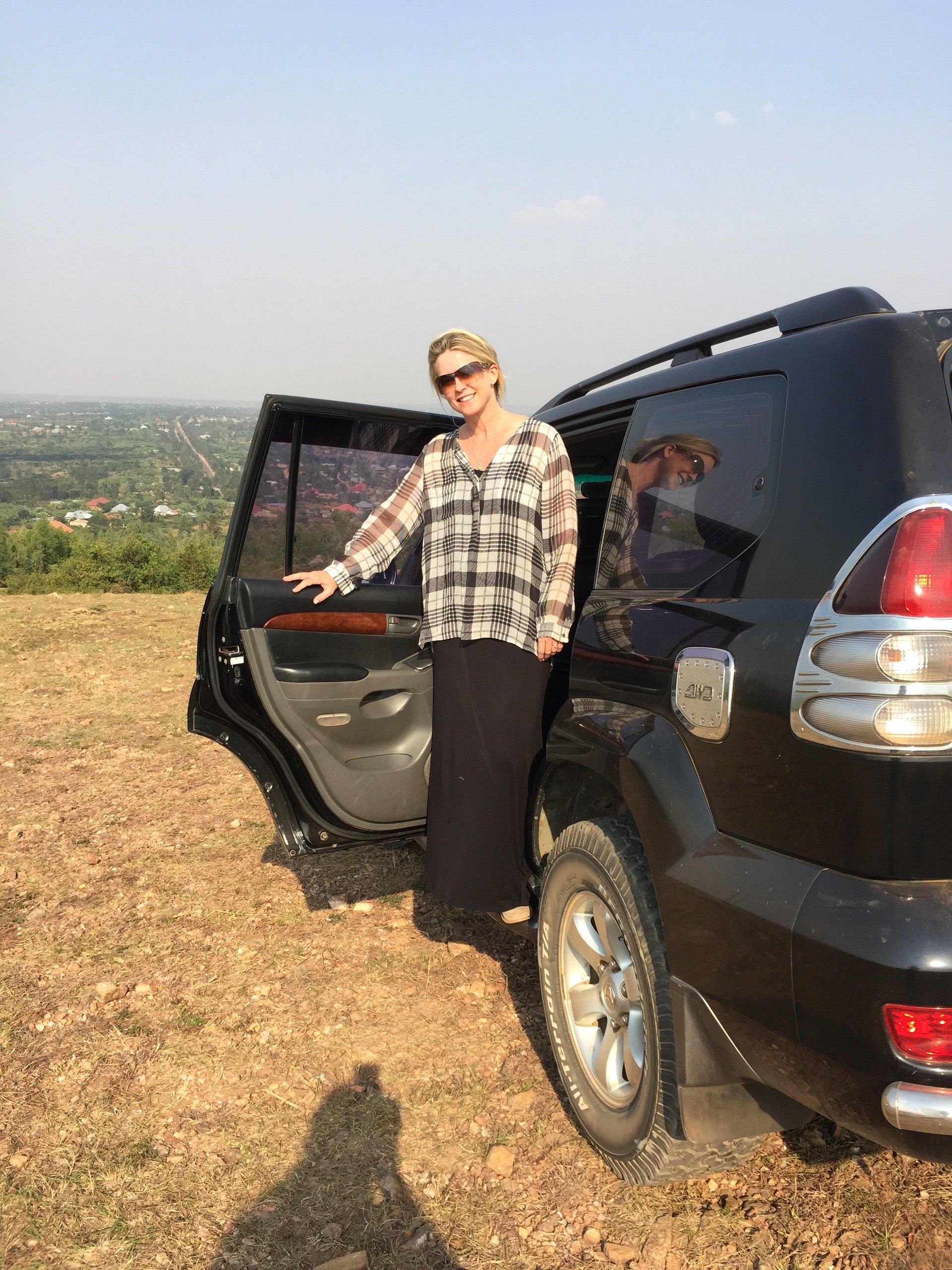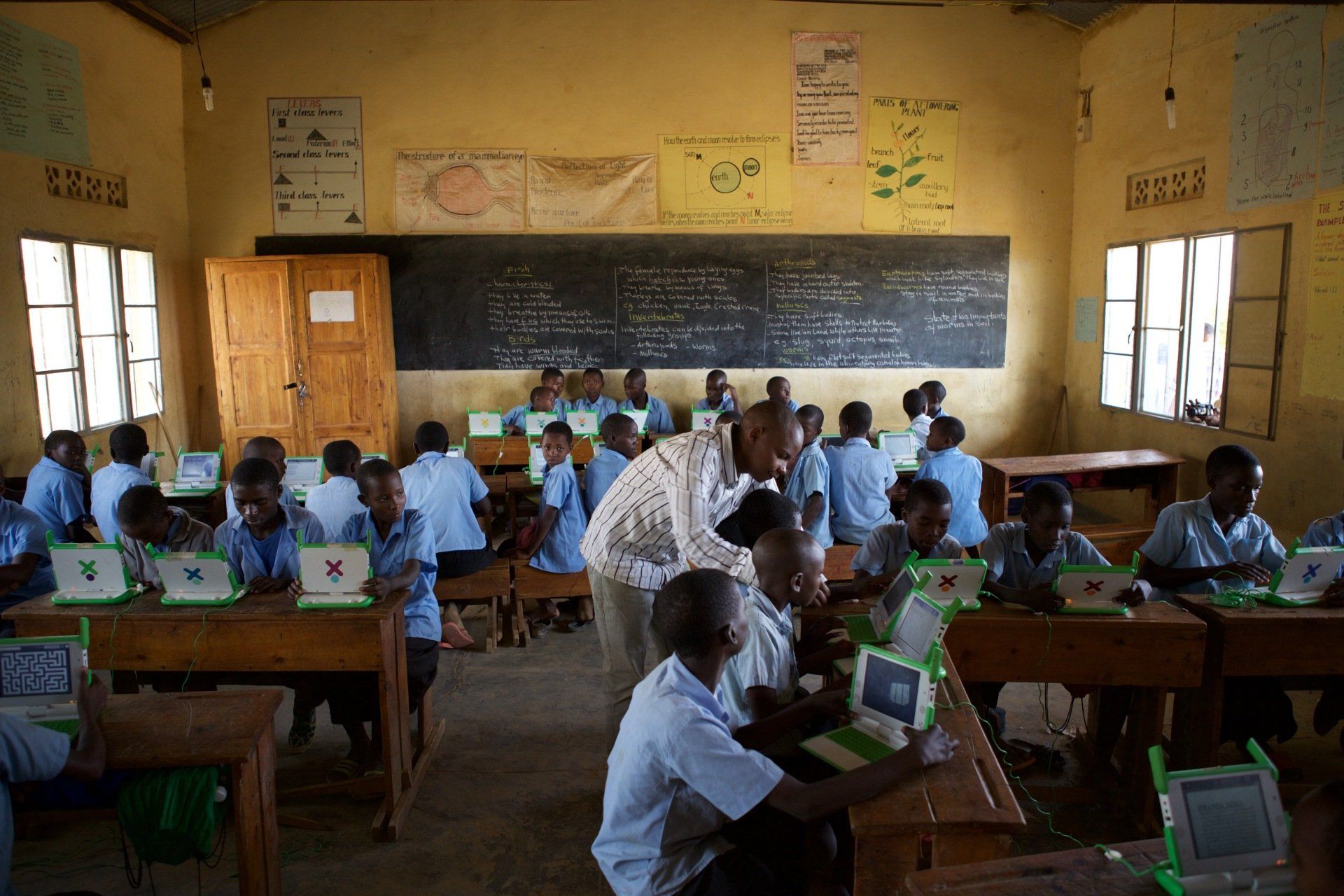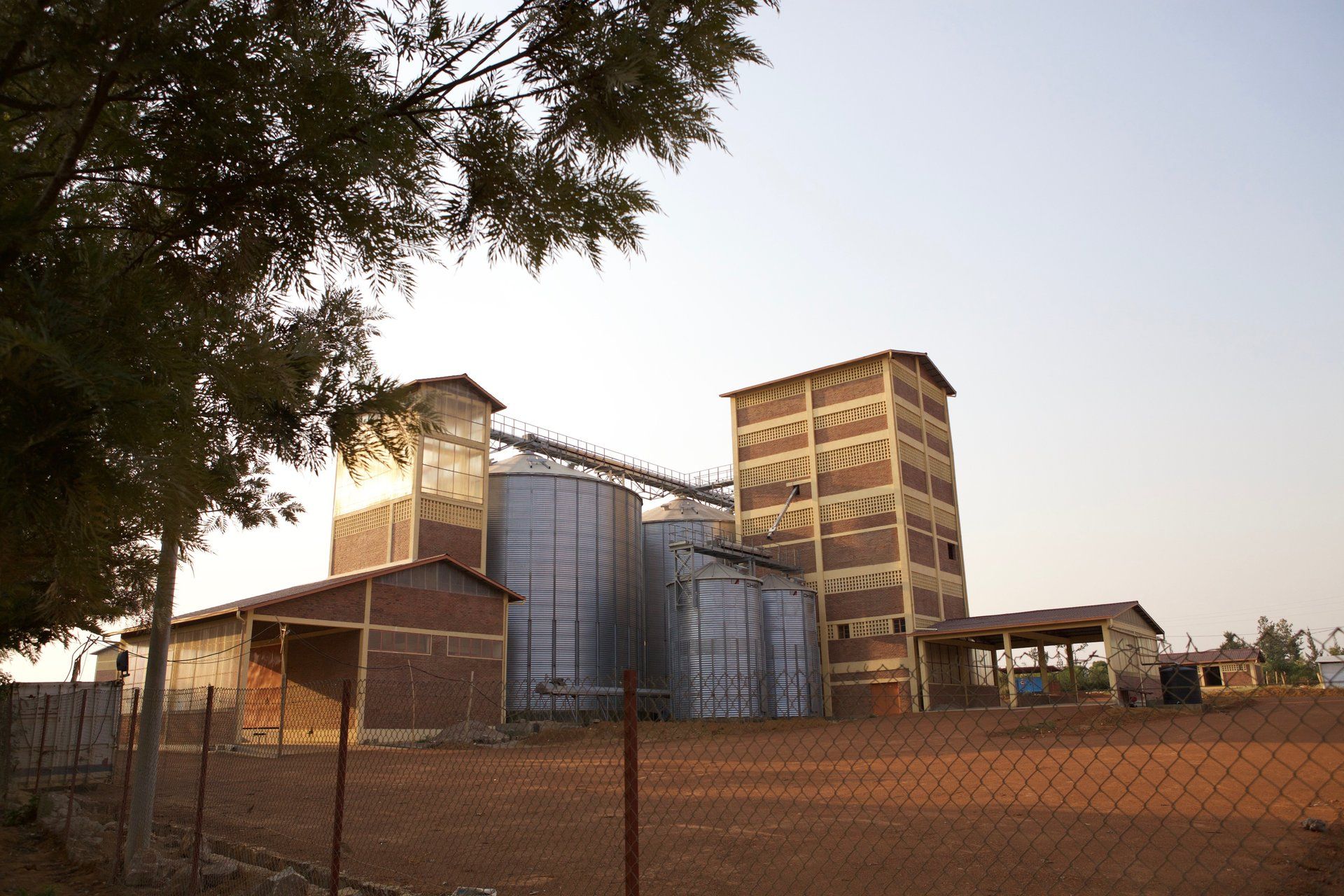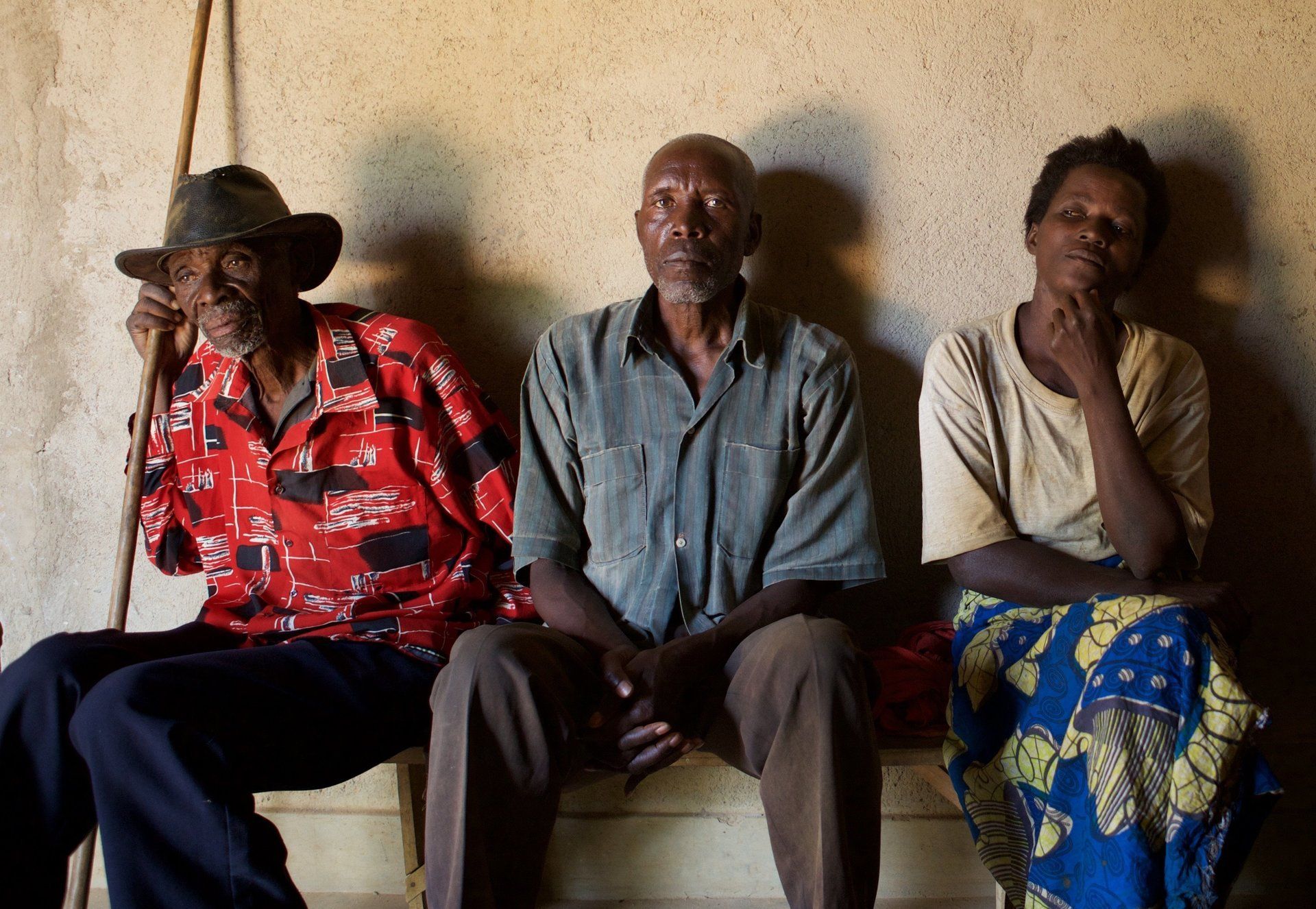Mayange, Rwanda—Blue Chip Foundation founder Jennifer Gross made her second trip to Rwanda to document the Millennium Villages Project with VII Association photographer Gary Knight and his wife, videographer Fiona Turner.
“Because MVP is a holistic approach to alleviating poverty, it takes time and perspective to discern the magnitude of all of the moving parts that make up this economic model. We were able to document progress in health care, education, infrastructure and agriculture,” said Gross.
Mayange suffers from declining soil fertility and only sporadic rainfall, which puts its entire population at a disadvantage.
“Unlike most of rural Rwanda, where individual homesteads are scattered across the hilly landscape, Mayange has several umudugudus, or settlements, of closely spaced dwellings, which the government built to house returnees after the 1994 genocide,” according to Millennium Villages Project. Gross, Knight, and Turner observed and documented several improvements to the community emplaced by MVP.
Donald Ndahiro, MVP’s team leader in Rwanda, says that there’s been tremendous change during the course of the project.
“The biggest change in the Millennium Village is the change of the mindset of the people. There is more positive now, there is more hope for development. Before when you went to Mayange, people were just asking for food because they were surviving on relief for some time. But now they are able to fend for themselves, so I think it is an empowered community; much better than we found it,” says Ndahiro.
Gross agrees.
“The changes that had occurred in the village in the three years since I first documented the Mayange were outstanding. In my opinion, Mayange has made the most progress out of all the Millennium Villages,” says Gross.










